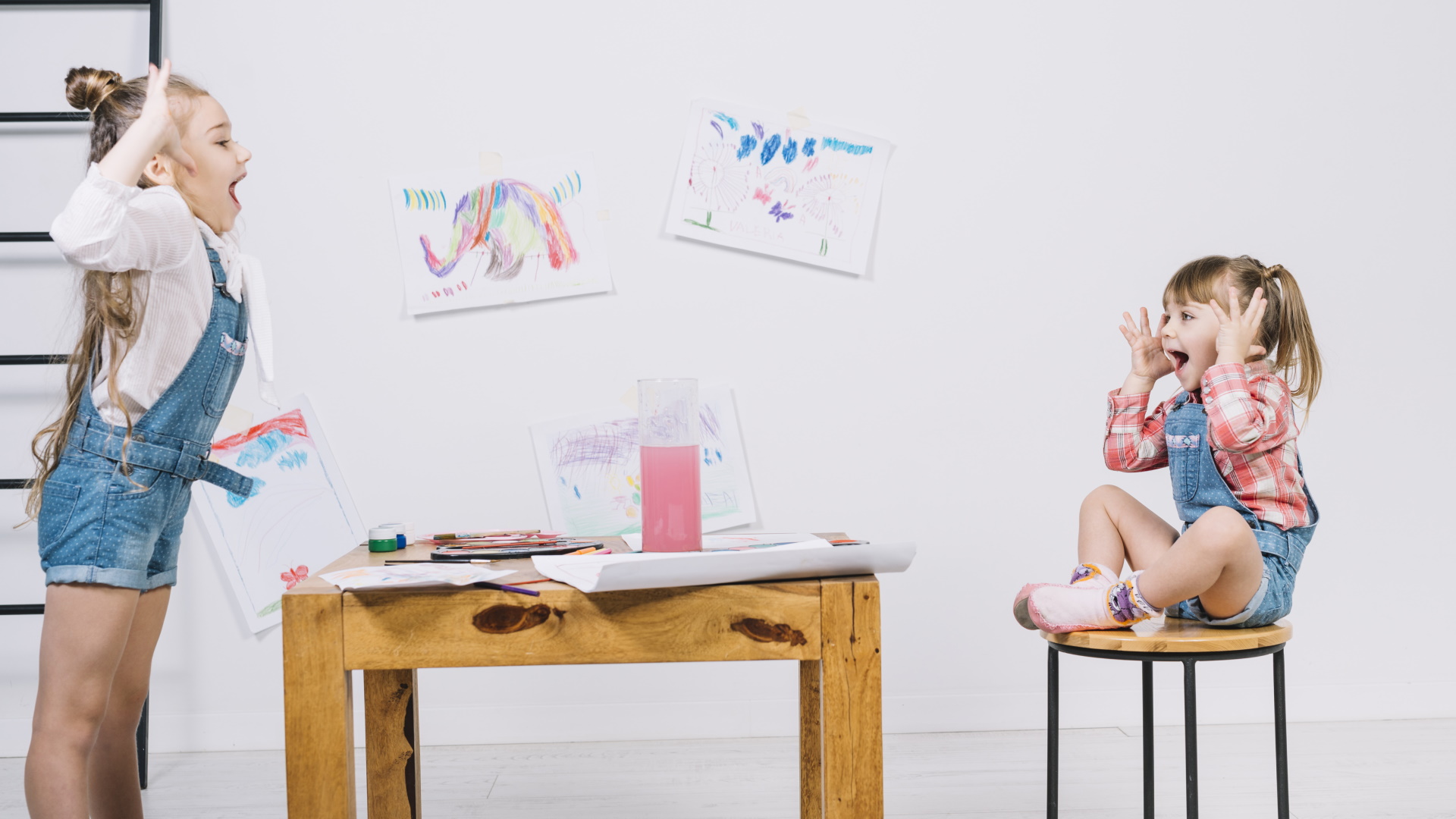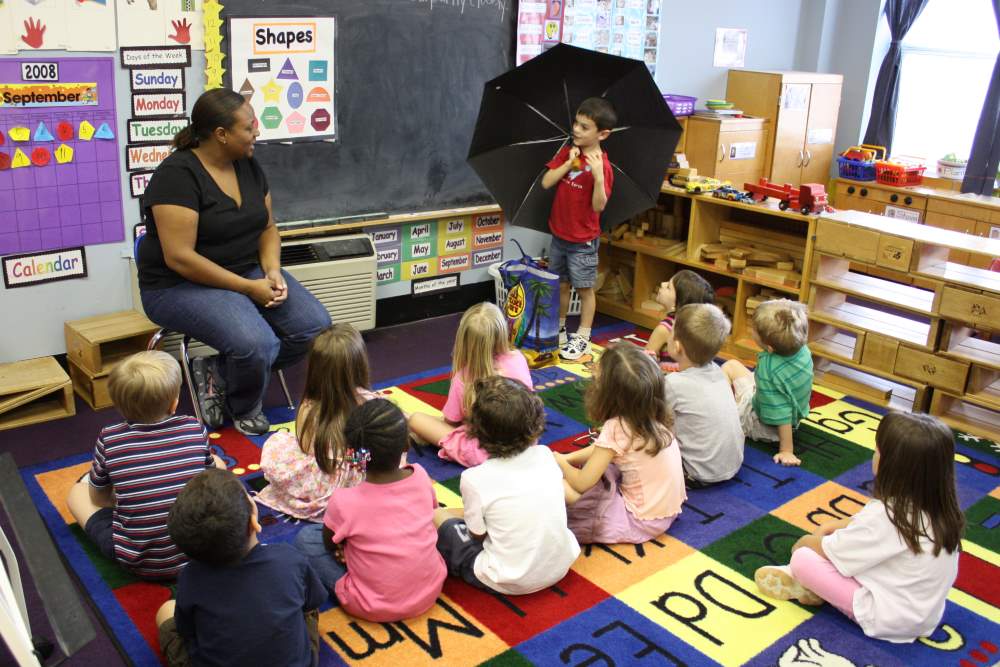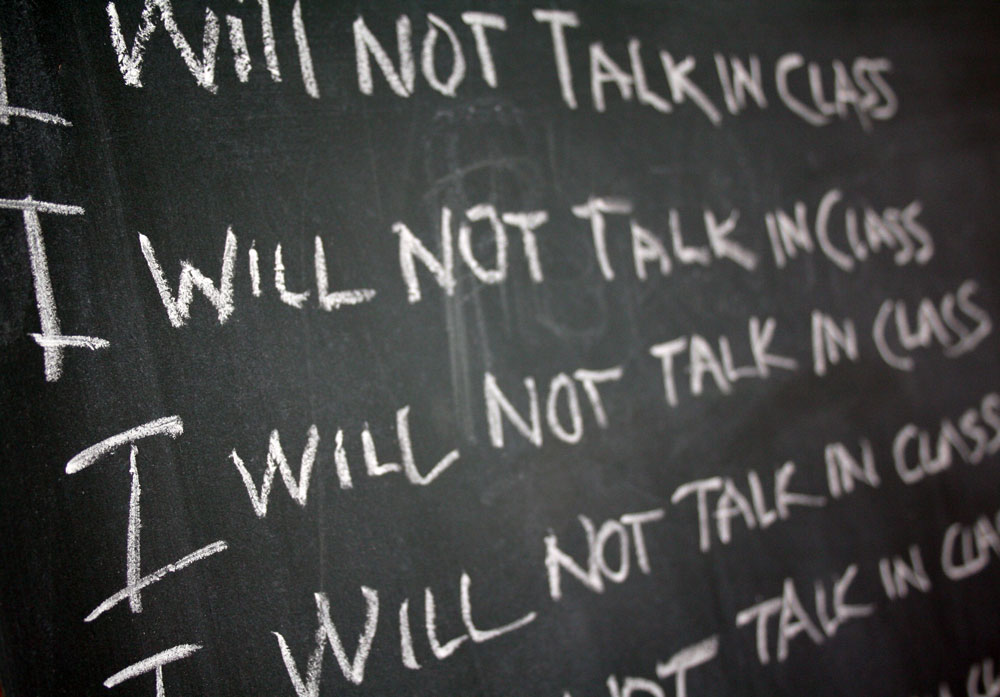What we already know about children 2-6 years old is that they are noisy, fussy, stubborn and on top of many other adjectives, cute, lovable, sensitive, they love exploring… and most of the times they don’t want to follow a coursebook. So, why not let them create their own?
How many times have we been invited to teach toddlers and in general preschool ages, as part of an English programme at home or at school? Some teachers, face difficulties in handling a toddler outside a classroom, let alone in a private lesson or inside a Language School because the education received from universities concerns upper ages. And we also need to give these students a chance to start speaking and understanding English naturally through various activities. It’s such a hard task but rewarding at the same time...
Text by: Athena Dermentzi – Geranis
Let’s start from scratch and see what children need:
Love: Handling students aged 4 or 5 requires a great deal of love and affection. This is the first thing you need to do when taking up students: Connect with them! They will barely recognize you after the summer goes by, but at least, the loving feeling will go along with the language. They might not be able to remember your name but only the positive connection they had with the language. For this reason, always try to document your work and take photos of great times you have spent with your students and at the end of the year create a wonderful binder or a book for educational purposes.
Engage through cooking: Very young learners should become involved and engaged into different activities. For instance, don’t hesitate to make cookies and pizza with them, while naming and counting the ingredients or even sing a song. Create a picture recipe where the very young learners can help you with and add it in the binder you will have. Set the table together, role play and take photos. Photos are a remarkable educational tool that is widely used to retrieve memories and brush up vocabulary and songs.
Get dirty: Try to bring mud and clay into the lessons. Mud helps children develop learning skills through sensory play as it involves the five senses (sensory awareness) and helps them achieve key developmental milestones. They become creative when explore textures, colors, smells; they become more engaged and develop problem-solving skills. At the same time, they boost their social and emotional skills. Remember to always set mud rules and get mud clothes. Take photos and print them out, launch your own personal coursebook.
LEGO: Play with building blocks, let them unfold their creativity, imagination, and persistence. Create a story through which you will be able to revise vocabulary or introduce new language. The main aim of the activity is to create an educationally “safe” environment in which the students will start communicating in English even with a few words here and there
Gardening: Nature has been proven to benefit the students’ social and emotional skills and respond to physical interaction. It is also responsible for cognitive development and stimulates multiple senses, it sharpens attention and increases attention span. All these can serve our work to teach English closer to natural and more experiential ways. Let the toddlers step on the leaves, feel and smell the ground, observe the little animals and water the flowers and the trees. Always be in accordance with nature.
Interactive Posters: It is very important that the children can see visuals, feel them, stick, and unstick them. Velcro or magnets are excellent tools to help us create our personal poster. According to the topic, the flashcards can vary from the seasons and the weather to clothes and dressing the dolls. Hard cartons can turn into fantastic solid posters, colour them together with your students and get them involved. The students always work better towards a project when they have been involved in it.
Technology: Technology cannot be left out when teaching very young students, especially now that technology has a high impact on their lives. According to research, not only is it a necessity, but also promotes learning and development only if it’s used intentionally within educational frameworks -memory games, mazes, tracing, and many other online activities that expand learning opportunities.
All in all, create your own coursebook, a template, according to your students’ needs. Document the work done together, the theme, the date, the feelings, print out and stick photos in it.
In general, all the above are only a small sample of the activities that can be done with the students. Very young learners and even toddlers always show us the way they want to learn and our role is to be open minded and differentiate our teaching. Only then, will we be able to connect with our students and lead them to success!



